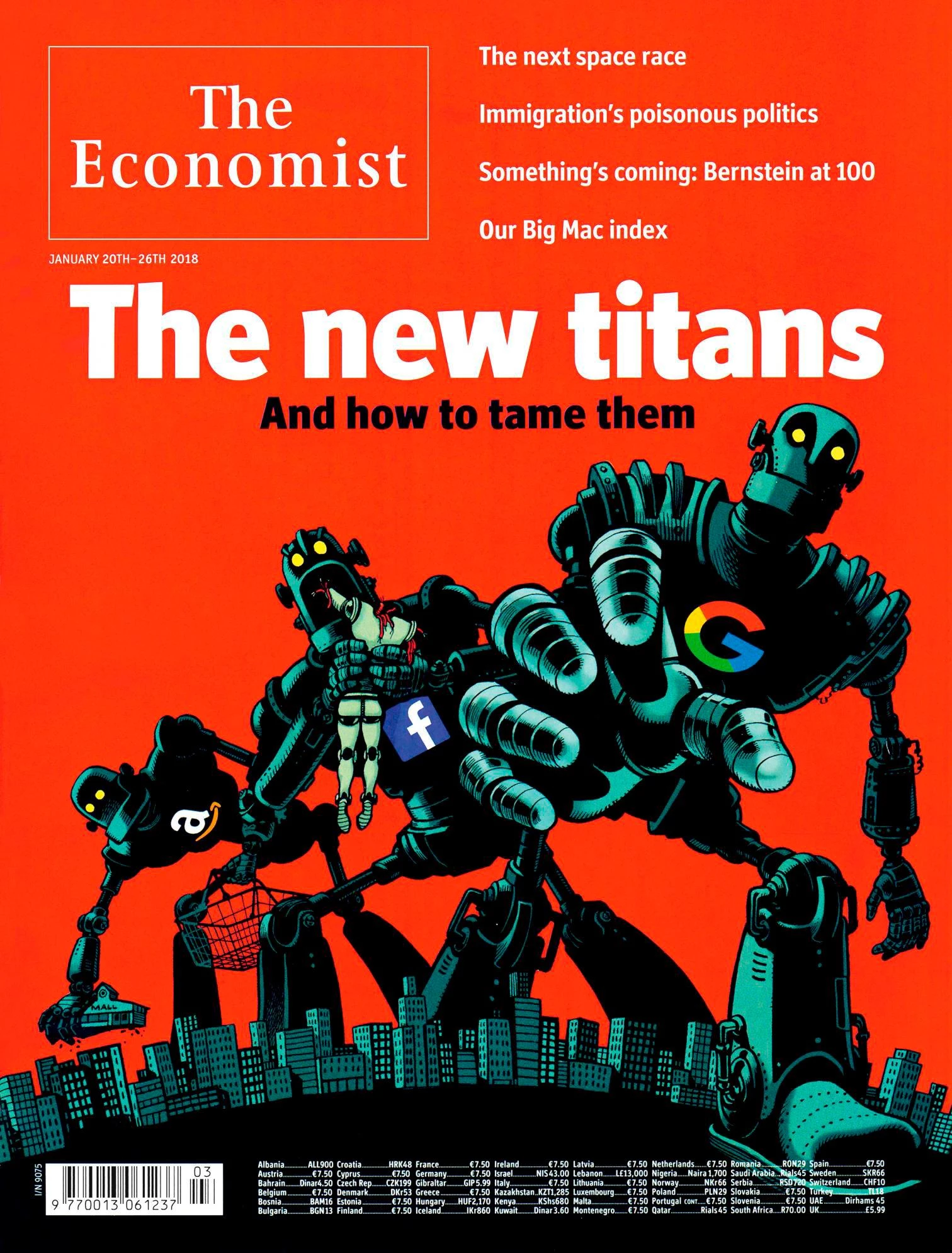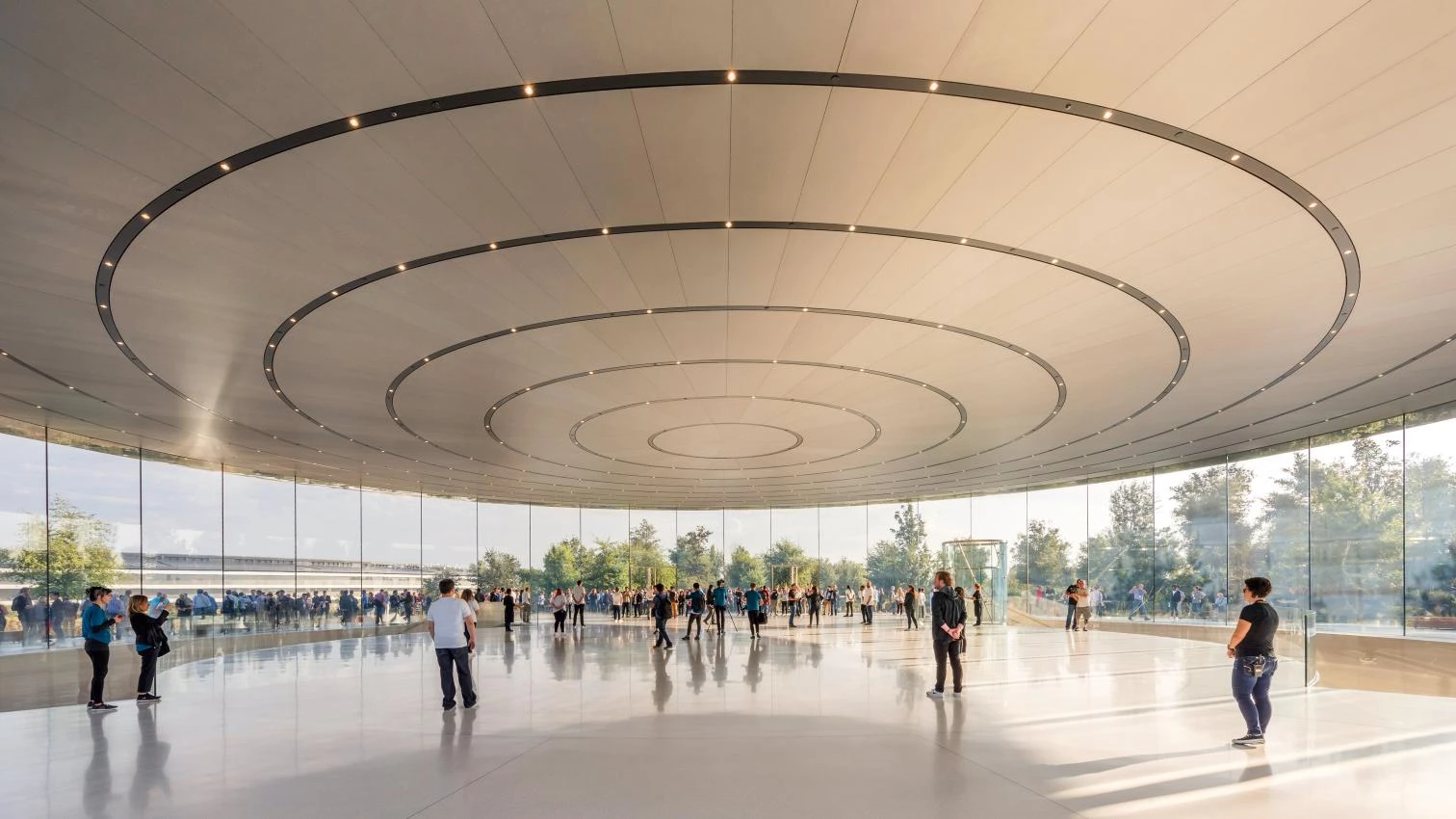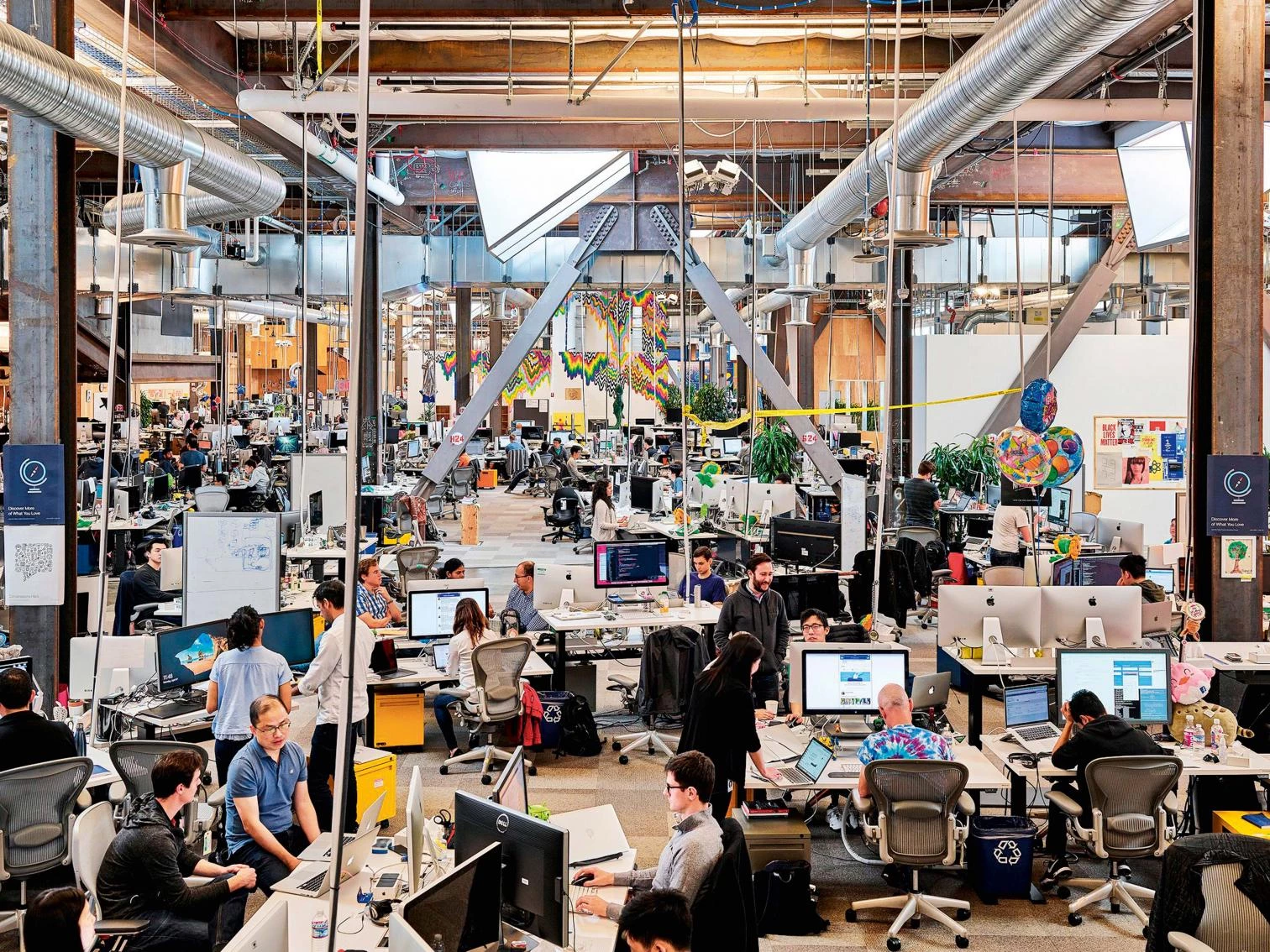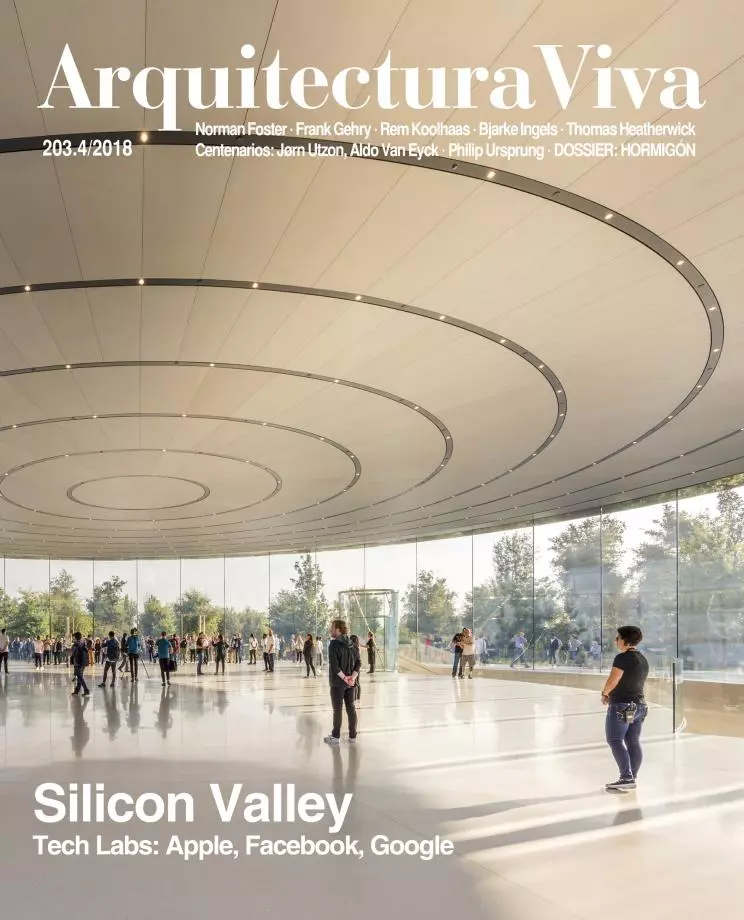
The selfish giant of Oscar Wilde’s popular short story closed his garden to the children, and with them the spring went away. The technological titans of our days control ever more exclusive domains, but their reckless behavior can bring winter to their redoubts. The acronym BAADD – big, anti-competitive, addictive, and destructive to democracy – has been coined in reaction to their unlimited power, which makes them indispensable and menacing. If Amazon, Facebook, and Google are ‘standard commerce, standard social, and standard data,’ and if tech companies see themselves as ‘utilities,’ regulating them will be as unavoidable as in the case of energy or telecom. Admired and feared alike, and with the only threat of being displaced by innovations like blockchain, these huge corporations – today, four out of five of the world’s largest companies are technological – have ventured into the field of architecture and urbanism with a crop of significant projects.

In California’s Silicon Valley, not far from Stanford University where this technical and social revolution was born, Apple and Facebook have built headquarters that are almost exactly opposite in spirit, but that reflect well the rapport between client and architect: the late Steve Jobs and Norman Foster expressed with refined laconicism their evident aesthetic affinities in a ring of immaculate perfection; while Mark Zuckerberg and Frank Gehry made their casual attitudes converge in an ordinary, chaotic, and friendly warehouse, which Rem Koolhaas will soon extend with an adequately cheerful and trivial residential complex. For its part, Google has commissioned the construction of its new offices in the Valley to the unexpected combination of Bjarke Ingels and Thomas Heatherwick, whose proposal of translucent tents and canopies will only be partially built, making necessary an extension designed by BIG alone, this time adopting a more topographical approach.

The big technological firms entrust the design of their new offices to prominent architects, and venture into the field of urban planning with innovative proposals.
Beyond the Bay Area of San Francisco, Google has hired the same two architects for its new London headquarters, and has entered urban innovation and planning with the company Sidewalk Labs – owned like Google by the conglomerate Alphabet –, which will build in Toronto a large neighborhood by the waterfront. Amazon, based in Seattle in anonymous buildings alleviated by an icon in the form of glass domes, has called a disputed competition among cities for its second headquarters, sparking a fervor that recalls Olympic bids. And even Bill Gates promotes urban design with Belmont, a smart city in the Arizona desert. Between fascination for technology and wariness of the power these new urban agents hold, perhaps we find ourselves, like the two cities evoked by Charles Dickens, in the best of times and the worst of times... in the spring of hope and the winter of despair. But the giant’s garden finally recovered the spring, and perhaps our titans also manage to avoid winter.







